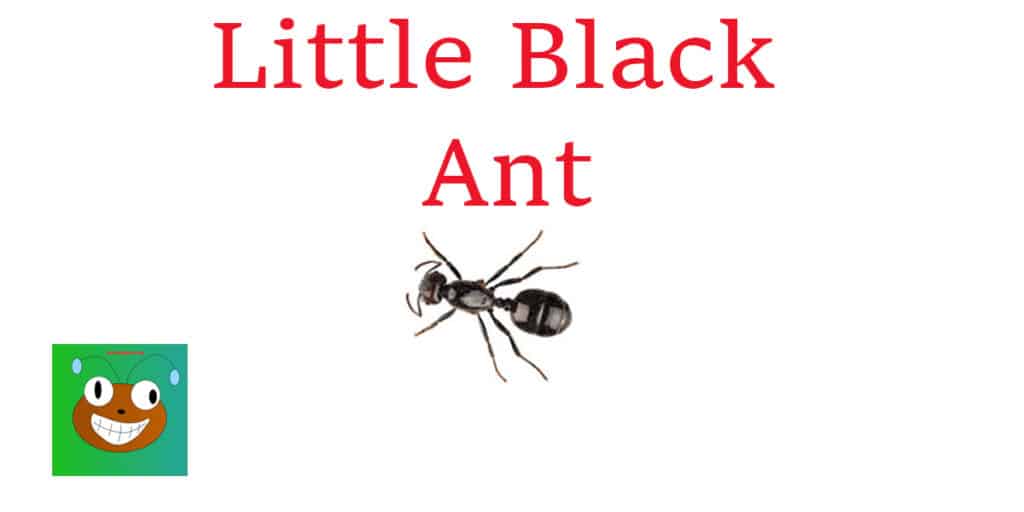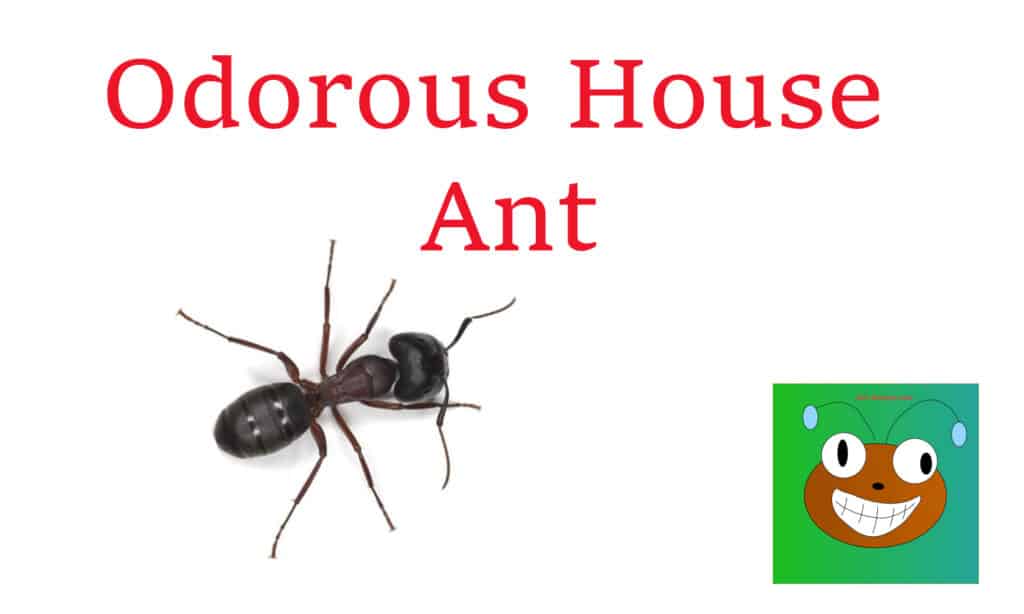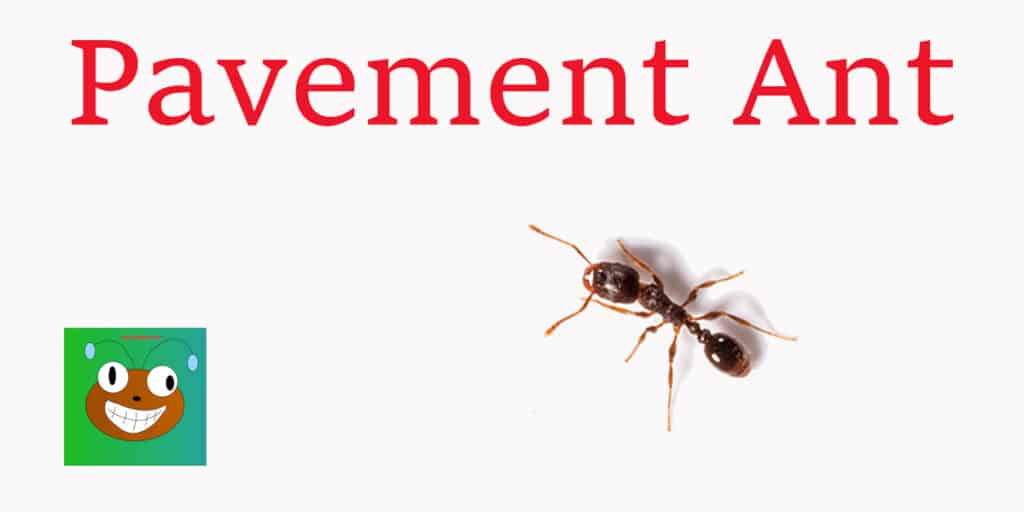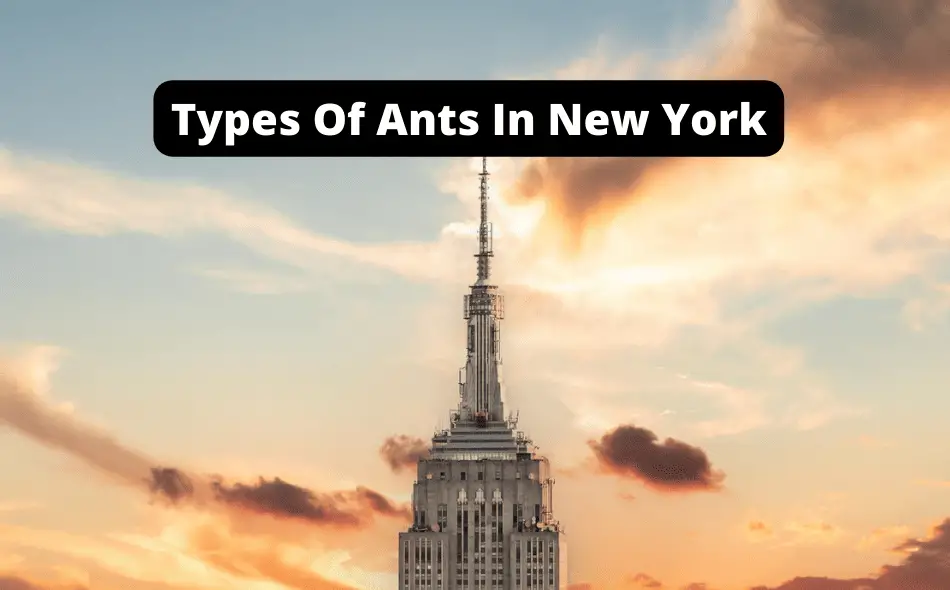New York is a state located in the northeastern region of the United States.
While the state is widely known for its always-on-the-go city of New York City, with iconic landmarks such as the Empire State Building and Statue of Liberty, there is so much more to discover.
From the beautiful beaches of Long Island to the stunning natural wonders of Niagara Falls, New York has something for everyone.
Additionally, the state is home to many iconic landmarks such as Central Park, the Brooklyn Bridge, and the One World Trade Center.
And while we’re on the topic of iconic things, we can’t forget about New York-style pizza or bagels!
So whether you’re a city slicker or prefer the great outdoors, New York is definitely worth a visit.
While all of this is nice, we can’t forget the cool ants that are in New York. These ants listed below would be perfect to start your ant-keeping journey, as they’re well-adjusted to New York’s humidity, water, and temperature!
Types Of Ants In New York
New York, even thought it’s located in the north eastern part of the United States, is loaded with ants. These include: Acrobat Ants, Allegheny Mound Ants, Argentine Ants, Carpenter Ants, Citronella Ants, European Fire Ants, Field Ants, Little Black Ants, Odorous House Ants, Pavement Ants, Pharaoh Ants and Thief Ants
Acrobat Ant
Due to the adaptable way, a worker pulls its belly (gaster) out over the whole frame; these species are called acrobat ants.
The term acrobat ant refers to the ant Market growth-driven ashmeadi (Emery). The average length of acrobat ants ranges from 2.6 to 3.2 mm and is considered small-medium.
Their bodies are glossy and range from pale red or brown to black.
An acrobat ant’s most distinctive feature is its heart-shaped gaster, raised across its thorax when threatened. Coastal pine woods often include an ant nest within every tree in the cavities created by cossid moth caterpillars and pine beetles.

A colony of acrobat ants lives within every tree, fiercely protecting their territory. However, an extensive colony may extend to 2 or 3 pine trees if two or more trees are nearby. The term acrobat ant refers to the Crematogaster ashmeadi.
There are around ten kinds of Crematogaster throughout the southern United States, with Crematogaster ashmeadi being the most prevalent species.
Due to their incredible ability to raise their belly (gaster) over their entire thorax, these species are called acrobat ants for these fantastic acrobats.
The average length of acrobat ants ranges from 2.6 to 3.2 mm, and is considered tiny to medium size ant.
Their glossy spines range in hue from pale red to brown and black.
However, an acrobat ant’s most distinctive feature is the heart-shaped gaster, raised above its thorax when threatened. These ants love to harbor inside trees and crawl all over wires.
One of the easiest ways to spot these ants is by inspecting wires, looking for their waste.
A standard nest may extend over three pine trees if two or more trees are nearby. A colony of acrobat ants lives in each pine, fiercely protecting their territory.
Allegheny Mound Ants
An American ant species that construct massive mounds are known as the Allegheny mound ant.
These ants are composed of an abdomen and head that are crimson colored, dark brown and black stomach and legs.

While these ants look very similar to carpenter ants, the dark legs and huge mounds on the ground indicate that these are not carpenter ants.
These ants reproduce pretty quickly due to them being polygynous.
The eggs laid by the multiple queens develop into more worker ants or queens.
The sizes of the workers range from 3.1 – 6.5 mm, while the queen is much bigger, measuring up to 12.7 mm.
Allegheny mound ants build their nests throughout pastures, forested regions, and meadows.
They also set up nests on lawns or parks in urban and rural settings.
The workers graze on terraces and balconies but usually do not enter residences.
Allegheny Mound Ants are carbohydrate lovers, consuming sugary fluids, honeydew made by aphids, sap from trees, and sometimes other insects.
The workers will protect aphids who make them honeydew, just like carpenter ants.
These ants can be disastrous for businesses like farms and greenhouses.
These insects will kill nearby trees, vegetation, and structures shading the mound to keep the mound in the sun.
To do this, they bite many holes into the bark and continuously spray their formic acid into the hole.
Eventually, this kills and knocks over whatever was shading the mound.
These ants are very aggressive.
Since their bite comes with formic acid, these ants will hurt if bitten.
Argentine Ant
An ant that is dominant in northern Argentina, Bolivia, Uruguay, Paraguay, and southern Brazil is called the Argentine ant, known initially as Iridomyrmex humilis.
They have spread to many different regions that have a subtropical climate. The ants can fit through fractures and openings as tiny as 1 millimeter in diameter.
These ants range in length from 1.6 to 2.8 millimeters. The Queens are taller and longer than the worker ants, measuring about 4.2–6.4 millimeters in length.

These ants will establish colonies under the dirt, in crevices in concrete pillars, within boards or timbers, or even amongst the walls in human homes.
Due to their limited capacity to construct deeper homes, they typically build shallow nesting sites in natural settings, usually behind tiny stones or scattered fallen leaves.
Nevertheless, Argentine ants will quickly take up any area, eating and invading all the different types of insects within the same ecosystem.
Citronella Ant
The hue of citronella ants ranges from yellow to yellowish-brown. Workers vary about an inch in length, and queens can reach lengths of a little more.
If seen from the front, their segmented bodies are irregularly rounded. Citronella ants get their name due to the lemon or citrus scent they release when squashed.

Citronella ants are mostly found at night and rarely spotted during the daytime.
Citronella ants build their nests outside in damp soil near a house s base, below concrete blocks, around logs, and under dead or rotting trees.
In addition, the ants will build their nests in homes with wet spots, such as behind bathroom walls and beneath kitchen and bathroom flooring.
Honeydew secreted by insects that dwell underground and eat plant roots is the primary food source for citronella workers.
As a result, they rarely, if ever, consume food from households.
Field Ant
The field ant is one of Wisconsin s most prevalent insects (Formica spp.). The ants are renowned for creating substantial mounds that destroy many residential lawns’ beautiful appearance.
Subsequently, cutting the grass is challenging and prevents the development of herb and woody ornamental plants.
Field ants are pretty big, with lengths between 1.5 and 3 inches.
Some species are entirely black, while others have either a black or red color. Their hue might change.
Colonies of field ants can last for over ten years. The queen lives in each nest and produces all the embryos that eventually become infertile females (workers) or males (drones).
They mostly gather food outside, consuming both living and dead bugs alongside aphid honeydew.
Field ants do not need to be controlled in places where there is no civilization and usually dominate non-residential regions.
Little Black Ant
The little black ant is native to North America.
Known for their lustrous black hue, the workers are 1 – 2 mm long, and the Queen is 4 – 5 mm in size.

A colony may have more than one Queen because it’s a polygynous species.
A nest typically has a few hundred workers, a modest size.
These scavengers, known as Monomorium minimum, can eat anything, including dead insects and bird droppings.
Some of their favorite insects to eat are fall webworm larvae and codling moth caterpillars.
Additionally, they tend to collect honeydew insects like the soybean aphid. Although they prefer to nest on earth mounds, they may scan for other homes with ease of access.
Queens and males execute the nuptial flight, bonding in midair, mostly in summertime.
The males pass away soon after. Every Queen builds a new nest, removes her wings, then lays eggs.
Since this colony is polygynous, expect more queens shortly after. It takes around a month for an egg to mature into an adult.
Odorous House Ant
The worker-odorous house ants are around 3mm long and black to dark brown.

Additionally, they have antennae that resemble a long stick.
Crushed, odorous house ants produce a pungent, rotten coconut-like stench that gives these insects their name.
Odorous house ants build their nests indoors next to moist areas, such as heaters, heater cavities along hot water pipes, under leaking fixtures, and on termite-damaged wood.
Outside, odorous ants are frequently discovered on bare soil or beneath firewood piles. Odorous house ants enjoy eating sweets and particularly enjoy consuming honeydew.
Occasionally, they eat other things, such as pet food or insects. Approximately tri-monthly, they often relocate their nests because of rain.
They create new colonies following mating flights at the end of spring and summer.
Colonies are also split by the budding process, in which a queen leaves her nest with some workers to start a new colony elsewhere.
Pavement Ant
The head and thorax of pavement ants are marked with grooves, the thorax being the only part of the body-bearing spines.
Their size is usually between 2.5 and 3 mm in length.

Pavement ants get their name because they typically make their nests under roadways, building foundations, and sidewalks.
Therefore, an area of disturbed soil near a paved surface is likely the result of pavement ant activity. Pavement ants may build their nests inside buildings near a heat source, mainly during winter.
These trailing ants consume many items, including honeydew from aphids, oily foods, seeds, and dead insects. Pavement ant colonies include up to 4,000 workers comprising several queens.
The queens are much bigger than the workers, going upwards of 9 mm in length.
The drones and young queens searching for partners are frequently spotted on nuptial flights during the end of spring and the start of summer. Drones and queens that reproduce have wings.
Pharaoh Ant
Another smaller and at about 2.4 mm (1/16 Inches), and interestingly the males and worker ants are actually the same size (not the Queen).
This ant can quickly become a nightmare if it infests your home, as it can survive even the most advanced household pest control attempts.

These ants will eat everything and are well known for infesting hospitals and other large corporate buildings that offer a cafeteria.
Because these ants don’t need soil or other substrates to create nests, they can infiltrate a building and start building out a home anywhere.
These ants do not care where they put their nest and have been seen nesting in everything from electrical wiring to underground sewage systems.
A unique (and sad) fact about Pharaoh Ants is that they have been caught feeding on the flesh of burn victims and are known for transferring diseases within hospitals.
Thief Ant
Among the tiniest species of domestic ants is the thief ant. They received their name because they tend to build their nests near or inside those of other ant colonies, which they subsequently raid for food and eggs.
Although they can have numerous queens and thousands of workers, their colonies are typically smaller than other ant species.
While they have different traits, thief ants and pharaoh ants can frequently be mistaken.
Due to their preference for fatty meals and sweet delights, these ants are sometimes called grease ants or sugar ants.
The majority of the Eastern US is home to this species.
The bodies of thief ants range in color from light brown to pale yellow. They are usually 1.5 mm – 2.2 mm in size. Their body is irregularly shaped, with their thorax appearing to lack spines. But their waist comprises two nodes.
